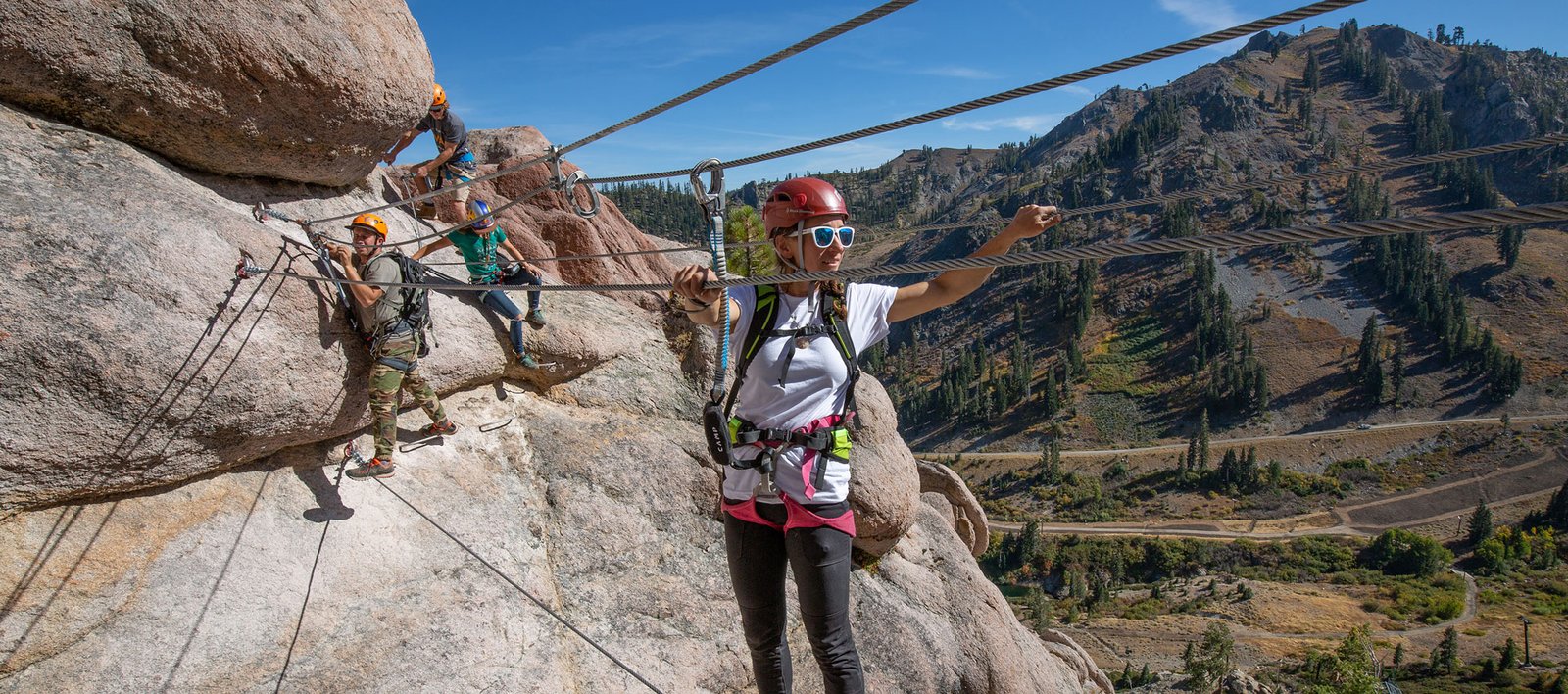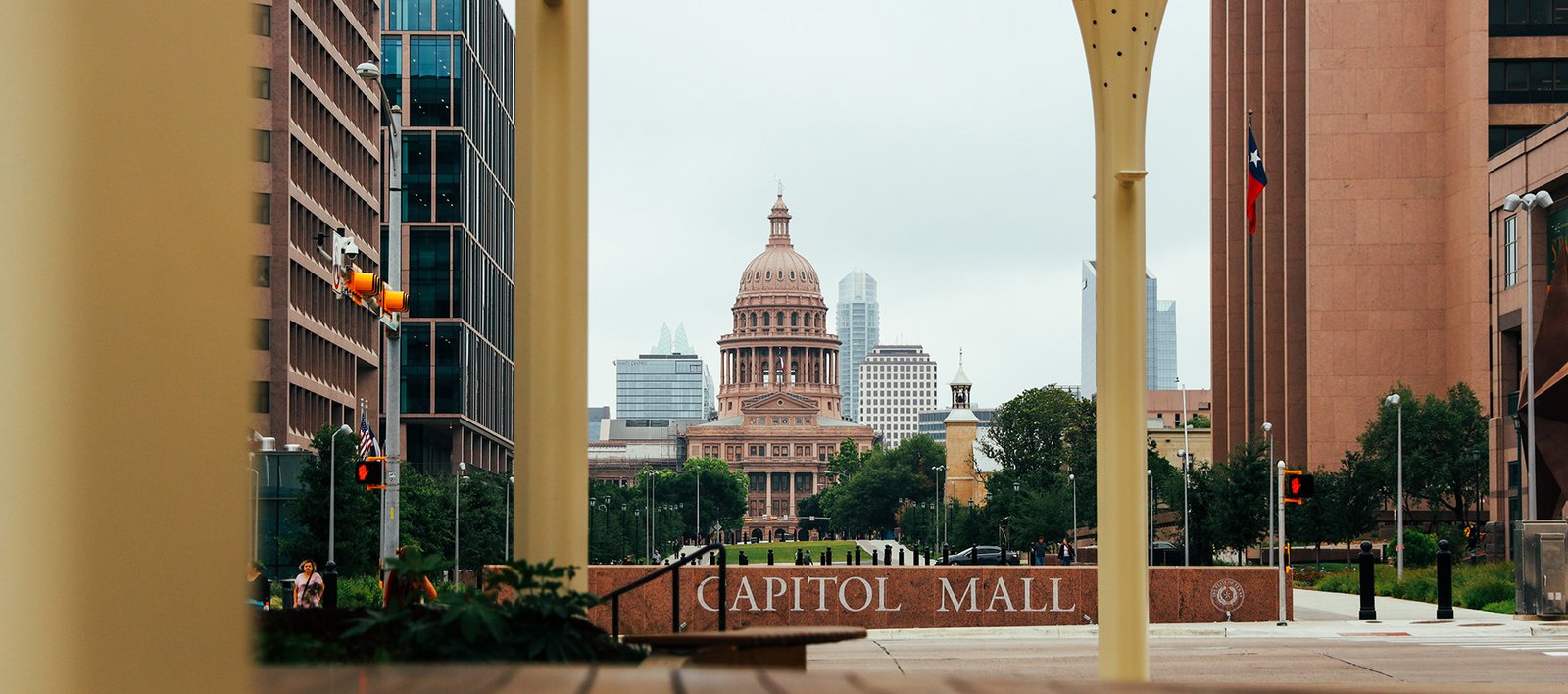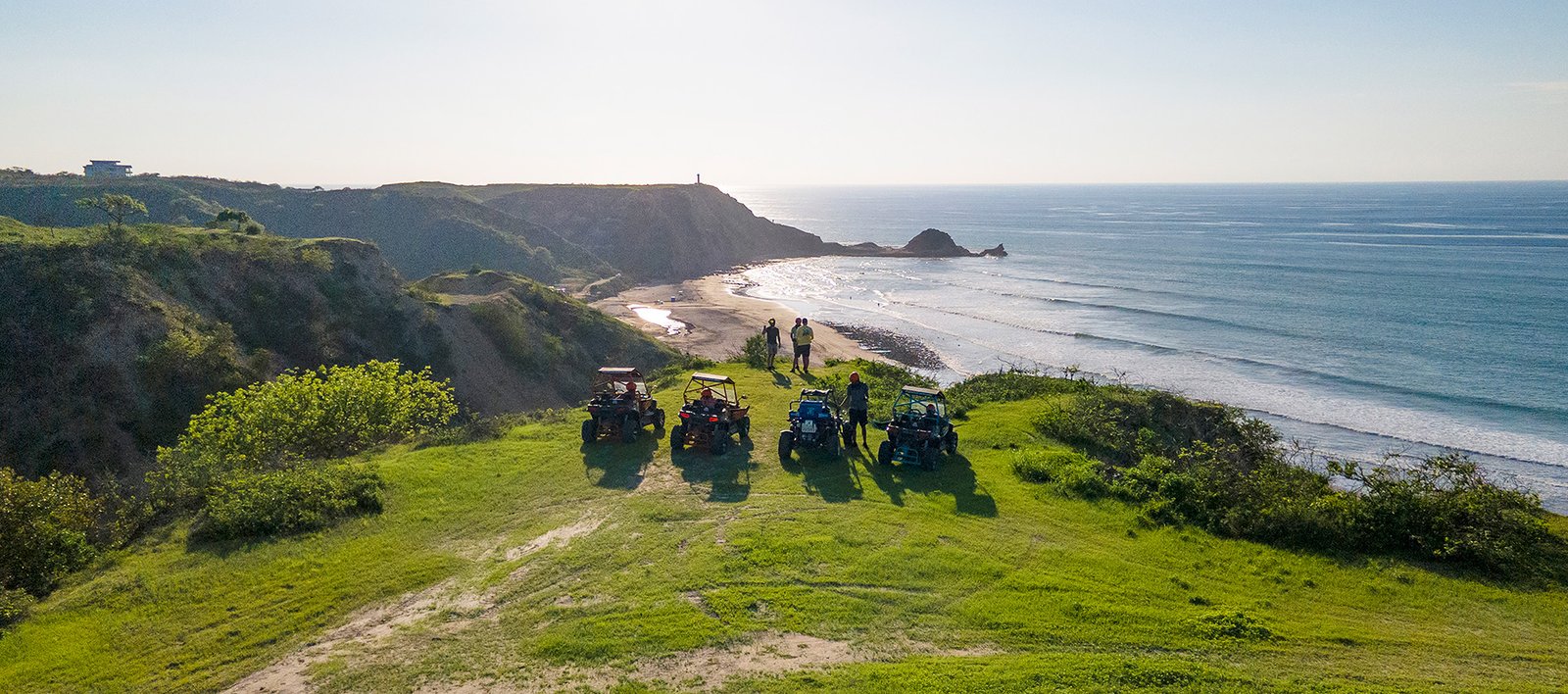
Vias Ferratas, Rock Climbing Routes for Everyone
Las vías ferratas, muy populares en Europa desde hace tiempo, son instalaciones en la montaña que permiten que escaladores aficionados accedan a lugares privilegiados antes solo al alcance de los más experimentados. Hoy en día se encuentran al menos 18 a lo largo de Estados Unidos. Aquí reseñamos cinco que usted puede explorar ya.
By Cindy Hirschfeld / The New York Times Syndicate
Photos: The New York Times
I stood on a rock ledge, terra firma far below, and took in the panorama to my left. Against the horizon sat Fairchild Mountain — reaching just over 13,500 feet — and other peaks in the Mummy Range, a series of lofty summits in the northern part of Rocky Mountain National Park. In the foreground was a bright blue sliver of Mary’s Lake. In front of me, a sheer wall of stippled gneiss. It was the kind of vista that Tommy Caldwell, a renowned professional rock climber who lives in nearby Estes Park, Colorado, likely experiences on a regular basis.
But unlike Tommy Caldwell, or even experienced amateur climbers, I did not need to have precise technique or exceptional strength or a rack full of climbing gear to reach my elevated perch. That’s because I was on the Cloud Ladder via ferrata, which consists of permanent rebar rungs bolted into the rock, bordered by a continuous series of fixed aircraft-grade steel cables to which I remained attached. Those rungs made it relatively easy — though still thrilling — to scale the rock face.
Long popular in Europe, particularly in the Alps, via ferrata routes — “via ferrata” is Italian for “iron way” — are becoming more popular in the United States, with new routes being installed on peaks, in gorges, and even at high-end outdoors sports resorts. The system originated in Italy as a way to move soldiers through the mountains during World War I and was later adopted by intrepid hikers for ascending steeper terrain.
“I wanted people to experience a part of the mountains that you wouldn’t be able to access unless you were a climber,” said Harry Kent, founder and director of Kent Mountain Adventure Center in Estes Park, which operates the Cloud Ladder. This via ferrata, open since July 2021, is on private property a few miles south of town. (The site is open year round, weather permitting, to guests 12 and older; guided tours cost between $174 and $330 per person, depending on the number of climbers.) Through his other business, Via Ferrata Works, Kent and his team are also building the country’s first urban via ferrata, in an abandoned limestone quarry, at Quarry Trails Metro Park in Columbus, Ohio. The route, on a 150-foot-high cliff face, is expected to open this fall. Access will be free.
The high-alpine Cloud Ladder sets a different type of record: with about 600 feet of sustained upward climbing for most of its length, it’s billed as the steepest via ferrata in the United States. If I had been a first-timer, I would have opted for the adjacent and easier Peregrine Arete. But having previously ascended other via ferratas, I was up for a challenge — which I found on the second of two heart-pumping suspension bridges, where I hovered on a tightrope-style cable that spanned 45 feet across a 200-foot-deep chasm. I won’t pretend that I didn’t think twice before heading across it, even though I was secured to two other cables at shoulder height.
As on all via ferratas, in addition to a helmet, I wore a waist harness with a bungee-style lanyard holding two large carabiners (known as lobster claws) and a shock-absorbing device that would lessen the impact in the unlikely event that I fell. (I didn’t.) As for the carabiners, you clip them onto the cables and leave them attached, sliding them along as you climb, except when you arrive at one of the many anchor bolts along the route.
Though climbing a via ferrata may look like a daredevil feat, it’s more attainable than you might think. The challenges are more psychological than physical. “We regularly see people getting past self-imposed boundaries,” said Sean Kristl, the general manager of the guide service Alpenglow Expeditions, which provides via ferrata tours in Olympic Valley, California.
There are public via ferratas in at least 18 locations across the country. Here are five spots to explore.
Adventure Trail – Ausable Chasm, Nueva York
Twelve miles south of Plattsburgh, New York, the Ausable River churns through a sandstone chasm carved out of 500-million-year-old rock as a via ferrata leads climbers back and forth across the water on six suspension bridges interspersed with traverses along the ravine’s narrow ledges. Visitors have been coming to this privately owned property in Adirondack State Park since 1870 to view features like Elephant’s Head and Rainbow Falls, but when floods obliterated some of the area’s lower hiking trails in 1996, the via ferrata, which opened in 2013, was eventually constructed in their place. The bridges include a 75-foot-long single cable (with two cable “handrails” that climbers clip into) and a ladder-style span with wooden slats.

Red River Gorge Vía Ferrata – Campton, Kentucky
Long treasured by climbers and hikers for its fantastical rock formations and abundant natural arches, the Red River Gorge in east-central Kentucky has been designated a National Geological Area. A couple of miles away, this .75-mile-long via ferrata sits on private land. It became the first commercially operated course in the United States when it opened in 2001. It’s also one of the few unguided via ferratas in the country, though instructors from Southeast Mountain Guides, a local operator, are there to advise or even accompany a group (the latter by advance reservation).

Ouray Vía Ferrata – Ouray, Colorado
Built as both a community asset and a recreational alternative to the area’s popular four-wheel-drive routes, the via ferrata in Ouray, a small town in southwestern Colorado’s rugged San Juan Mountains, takes climbers as high as 150 feet in the narrow Uncompahgre River gorge. “We were trying to think of a way to diversify the local tourist economy with an activity that is human powered and still family oriented,” said Mark Iuppenlatz, a co-owner of San Juan Mountain Guides who helped conceptualize and construct the via ferrata.
The project, entirely funded by donations, was given as a gift to the town. Access is free, and experienced users can go unguided; a ranger at the start checks equipment and gives a safety talk. The .6-mile downstream route opened in 2020 with 800 rungs to help climbers scale the granite walls, including a continuous vertical section known as the Stairway to Heaven, and the Sky Ladder, a 70-foot-long bridge at a 33 degree angle that spans a stretch of roiling water.
Tahoe Vía Ferrata – Olympic Valley, California
The opening of this via ferrata in 2019 added a new summer activity at Palisades Tahoe, the North Lake Tahoe ski resort famed for its steeps. The elevator shaft–like ski runs require advanced know-how, but no experience is necessary to ascend the Tram Face, a signature rock feature visible from the base area. Four routes, from 400 to 800 vertical feet high, allow climbers to navigate the weathered, knobby granite. Even better, this via ferrata’s special construction allows you to slide a locked carabiner on your harness over each permanent anchor point without having to detach it from the cable. That makes the process especially easy for kids and those with climbing jitters.
Taos Vía Ferrata – Taos Ski Valley Valley, Nuevo México
Set among the ancient granite buttresses, talus fields, and sweet-scented subalpine fir and spruce trees found below the ski area’s 12,481-foot Kachina Peak, this via ferrata provides lofty vistas of northern New Mexico’s Wheeler Peak Wilderness, named after the state’s highest mountain, which is also visible. Guided trips begin with a chairlift ride over wildflower-studded meadows to the basin below Kachina.






Leave a Reply